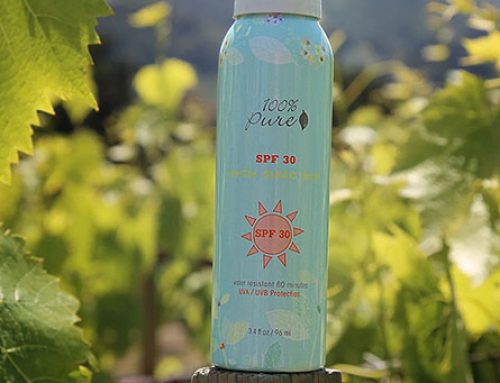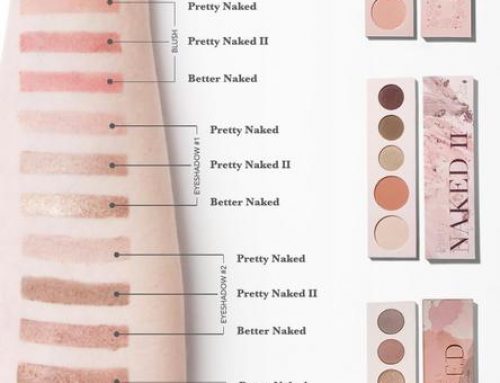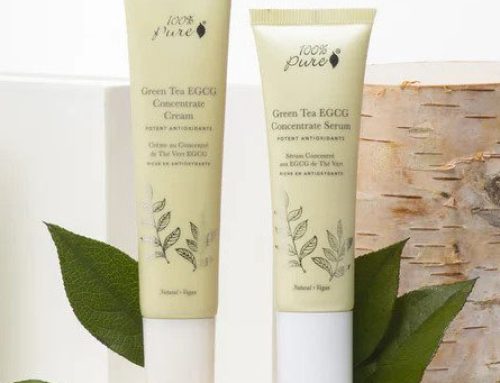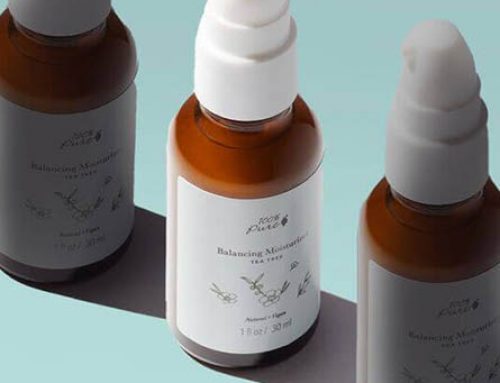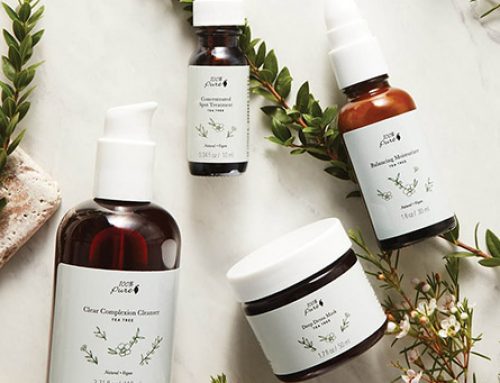Why are Parabens Bad?
How to know if your skin care products contain parabens and what to do.
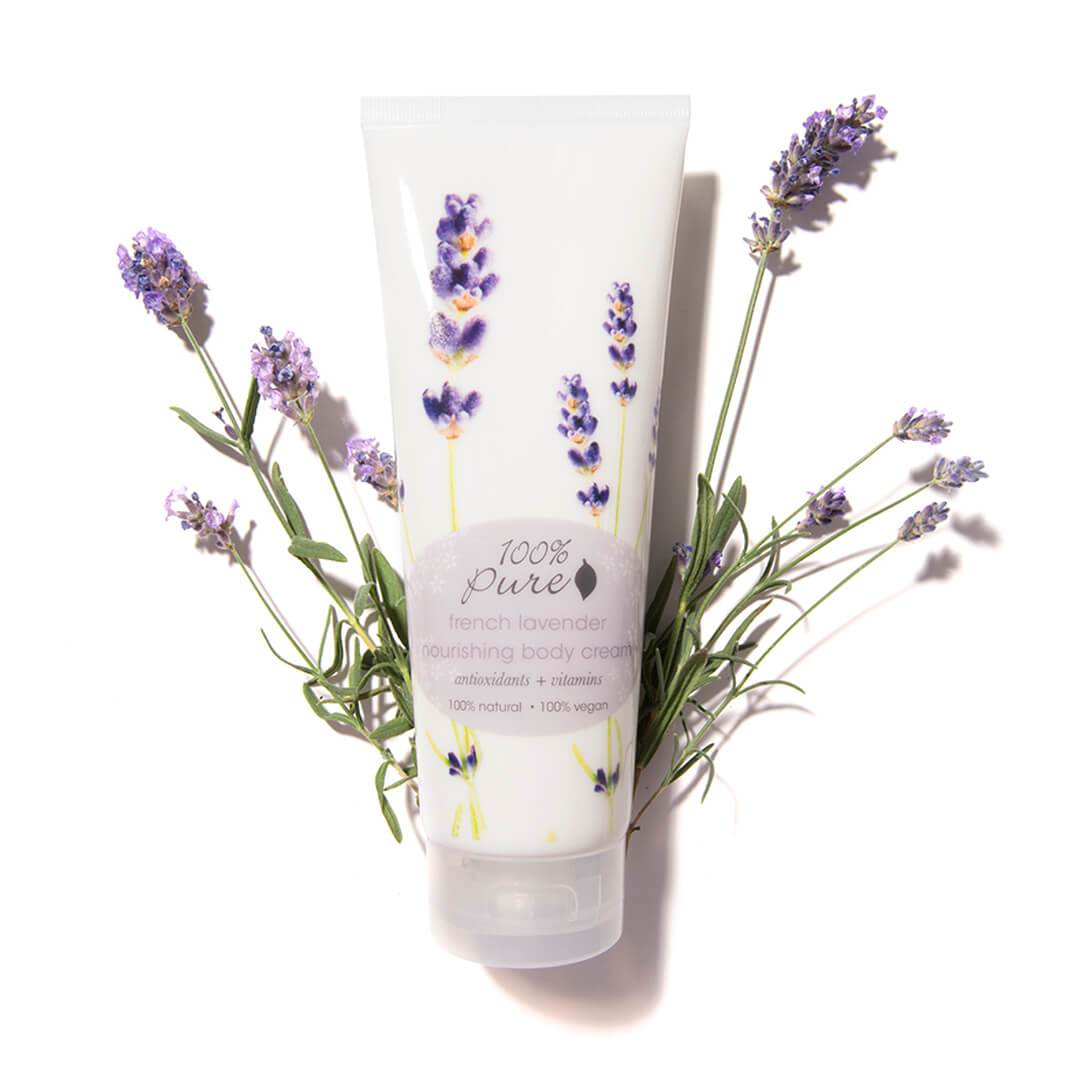
You may have heard of these sneaky little preservatives called parabens. They’re abundant in cosmetics, foods and body care products such as lotions and deodorants. Also in pharmaceuticals and food additives. They’re in our foods, beverages, syrups, jellies, baked goods as well as the packaging that keeps them “fresh”. Alarmingly, the American Chemical Society estimates that parabens are in 85% of personal care products. (That people use about a dozen of daily, repeatedly!) Most common are methylparaben, propylparaben and butylparaben, says the FDA. The purpose of parabens? To prevent bacteria from forming in items like face lotion, which comes into contact with germs from our hands during every application. Anything we inhale, ingest or put on our skin can be absorbed in the body and potentially cause damage over time. The majority of paraben exposure happens when these products–and their parabens–are absorbed through the skin.
Why is this a problem? Well, studies show that parabens artificially mimic estrogens in the body, leading to a host of problems including extra fat storage, male breast growth, metabolic, developmental, hormonal and neurological disorders, various cancers including and most notably, breast cancer. (EPA) Estrogen is a female hormone that has been known to cause both normal and cancerous breast cells to grow and divide. In the past decade, research has concluded that parabens were present in 99% of breast cancer tissues sampled. Breast cancer tumors contained measurable amounts of six parabens, found in relative concentrations that closely parallel their use in the synthesis of cosmetic products.
This was realized by lecturer and researcher Philippa Darbre of England in 2004. In part of her investigation of estrogen’s effects on breast cancer, her team identified parabens in 18 of 20 biopsies of breast cancer tumors. When parabens are absorbed into the skin, they mimic estrogens, disrupt our endocrine systems and lead to breast cancer in both men and women. Darbre found that not only do parabens fuel the growth of existing cancer cells, but they are in themselves also carcinogenic. In 2012, Darbre repeated her 2004 study only to find that the paraben level of the samples were four times higher. “I do think that the parabens are only one part of a much bigger picture,” Darbre said. However, even if that’s the case, we can still do our part to avoid what we know to be probably carcinogenic.
Parabens were also discovered in almost every adult urine sample through the demographically diverse NHANES study. Teens and adult women had the most propylparaben and methylparaben in their urine compared to males, likely because they use more products. A study in Denmark proved that parabens are easily absorbed through the skin. Healthy young males were given lotion with parabens to put on their bodies. Just hours after exposure to the lotion, the men’s blood and urine contained parabens! This proved the widely used chemicals get quickly into the skin, then into the bloodstream to eventually be removed from the body. This fact alone is concerning! The FDA doesn’t believe there’s cause for alarm, however the EWG suggests that repeated paraben exposure over time (and through the many items containing them) could cause harm.
In a world inundated with toxins, there is some good news. The overall number of products containing parabens has dramatically decreased from 2005-2011, researchers believe, as a result of consumer pressure. What we buy and choose as consumers absolutely makes an impact–for our individual health and that of the collective whole! Stay away from anything ending in -paraben on the label and tell your loved ones to do the same. The more we know, the more educated our decisions can be. What we put on our skin–just like what we put in our bodies–can either nourish or hurt us. Here at 100% PURE, we’ve always been paraben-free and completely natural. We want to teach others how to live life as Purely as possible to avoid the consequences of toxic beauty. Stay tuned for more blogs on Pure living!

